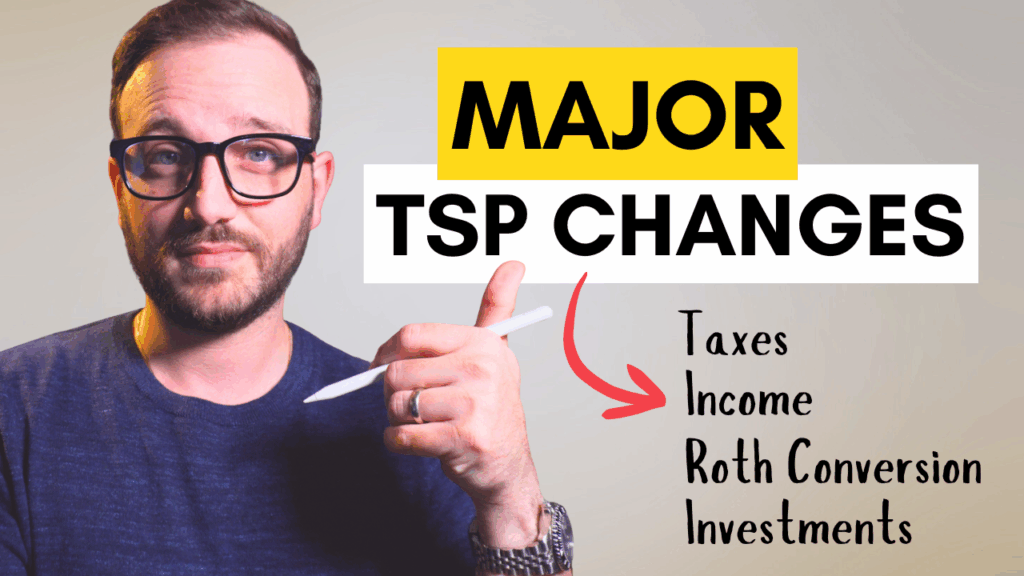Own Bank CDs? Watch out for this.
Bank CDs (certificate of deposit) are a common vehicle for extra cash a federal employee may have. Rather than leaving their savings in cash, many use these conservative vehicles to earn them interest.
With current interest rates the highest they’ve been in decades, CDs are paying a respectable nominal yield on cash when factoring long-term inflation. As a result, Americans have flocked to banks for CDs.
But there’s a major problem that our clients have encountered when using CDs. Not all is as it seems. Are you earning 5% on your CD, or are you earning much less?
Devil in the Details
Bank CDs are mostly used as short-term vehicles to park cash, in most cases, for 12-months or less. If an investor doesn’t need the cash by the CD’s maturity date, they typically reinvest into a new CD to continue earning interest.
Most banks have an auto-renewal feature which allows customers to easily roll their maturing CD into a new CD.
This is where things get gray. Very few CD holders take the time to investigate the details regarding the new CD they are being rolled into.
Many of my clients, and I’m certain countless other federal employees, were shocked to learn that their new enrolled CD was not paying them the same 5.25% interest that their prior CD paid—and that they thought they were purchasing.
The new CD was much less. In fact, one client realized the new auto-enrolled CD was paying only 1.5%, which was 3.75% less than what they thought they were earning.
What happened to the extra interest? That was their gift to the bank. Unfortunately, it’s perfectly legal for financial institutions to do this. Highly unethical, if I can opine, but it’s allowed.
This often goes unnoticed for months or even years. Depending on how much cash and the interest spread, this could equate to thousands of dollars in interest never earned.
This is a detail that doesn’t get outwardly brought to attention, nor are we taught to be on the lookout for details like this.
Getting the Most from Your Cash
This column isn’t designed to dissuade you from using CDs, rather become better informed about the decisions you’re making.
However, we’ve found there to be better solutions for our clients’ cash. With interest rates where they are today, you might consider the use of high yield money markets over a traditional bank CD product.
Money markets are generally liquid overnight, have no holding period (maturity) under which you must leave the cash alone, and often offer a similar interest yield to the bank CDs. They are a conservative vehicle to park your cash, earn respectable interest, and still have it available should you need the cash.
The downside? Money markets have variable interest rates. As the Fed begins to cut interest rates in the future, money markets will be one of the first to reduce their interest payments. Since they’re liquid daily, you’ll see reducing interest payments.
This is not ideal if you know that you want to leave this portion of your portfolio in a conservative bucket for a few years, as over time it will yield less.
The solution? Bonds. Like a CD, a bond also pays interest during its duration and returns your principal upon the bond’s maturity, provided the issuer does not default. If you purchase Treasury bills/notes/bonds, what is your risk of default? Virtually zero.
Bonds “lock in” those interest payments during the maturity (which could be years), so you can purchase bonds with higher interest payments while interest rates are high, and then continue to enjoy the higher-than-average yield payments when the Fed reduces rates in the future.
You can also build a sleeve within your portfolio of several different bonds, with differing maturity dates and yields. This is known as a bond ladder, and it’s one of the very popular investment strategies often used in the short-term bucket of a portfolio.
There’s Always One More Thing
Let’s say you perform due diligence on your CDs, and it turns out that your bank is indeed offering the full market rate for your new CD. That’s great, but you’re not out of the woods yet.
Bank CD interest is taxable as ordinary income. In other words, just like salary. This is the highest form of taxation that we have, ranging from 10% through 37% federal, plus state taxes if applicable.
We’re going to get just a little bit math-y, but I promise to make it painless and worth your time.
For example, let’s say you’re in the 24% marginal federal rate and 5% state income tax. Suddenly, your 5.25%-paying CD is more like 3.73% after taxes…ouch. (0.71 x 5.25%).
What is the “taxable equivalent yield” of that CD? Said another way: how much would you need to have earned to net a real 5.25% in interest and beat inflation?
7.39%, determined with: 5.25% / 0.71 (yield / 1 – marginal rate).
That’s a substantially higher interest payment required for you to earn what you thought you were getting from the CD. Understandably, CDs become much less exciting.
What if there was a bond that was exempt from federal taxes? Good thinking.
Municipal bonds offer interest payments that are exempt from federal taxation, and if you purchase a bond from your own state, they may also be exempt from state taxes as well. In other words, that means tax-free income.
If you’ve followed any number of my pieces then you know that retirement is all about managing your income and taxes, with your portfolio strategy incorporating those other elements. It’s not about what you earn; it’s what you get to keep that matters most.
There are details I glossed over or omitted for the sake of simplicity, so make sure to consult with your own advisors before implementing anything I discuss. But do take the time to do your research so you can set up your family for success. After all it’s not just your money, it’s your future.



